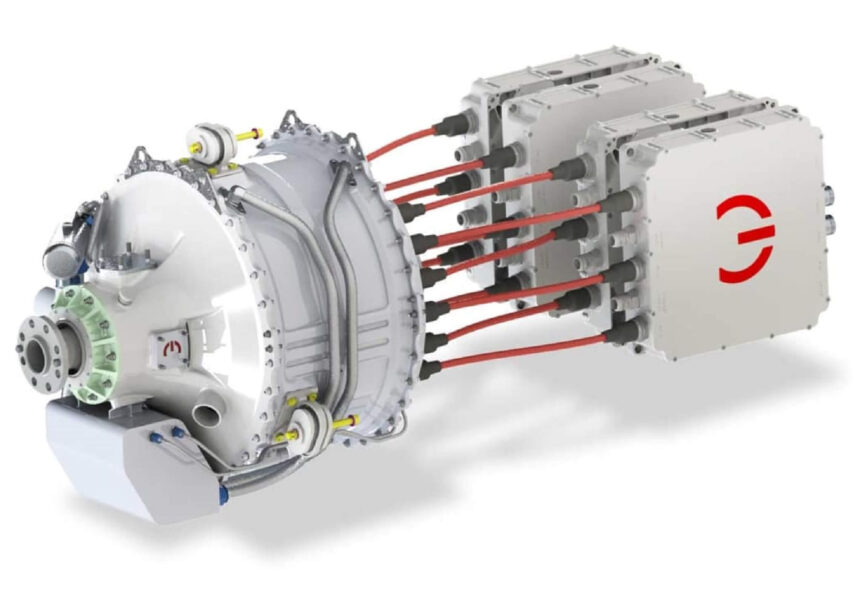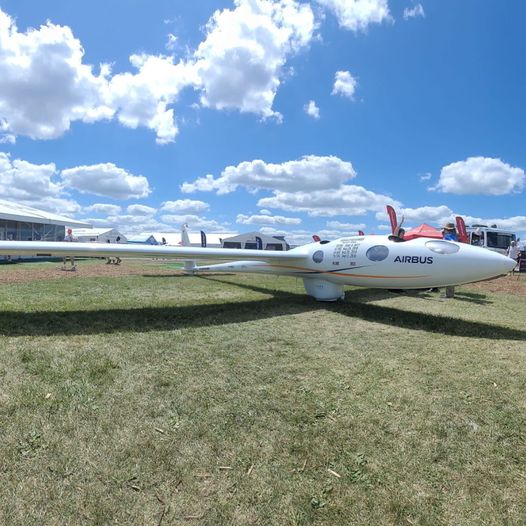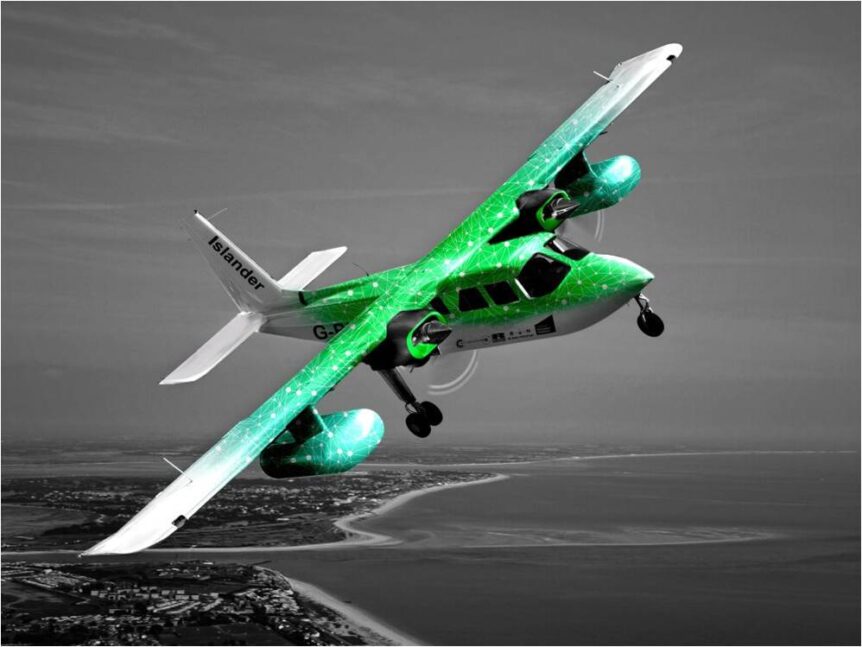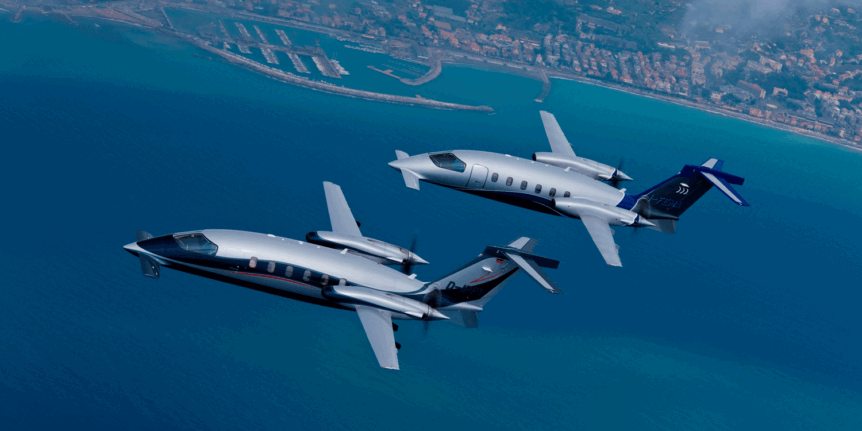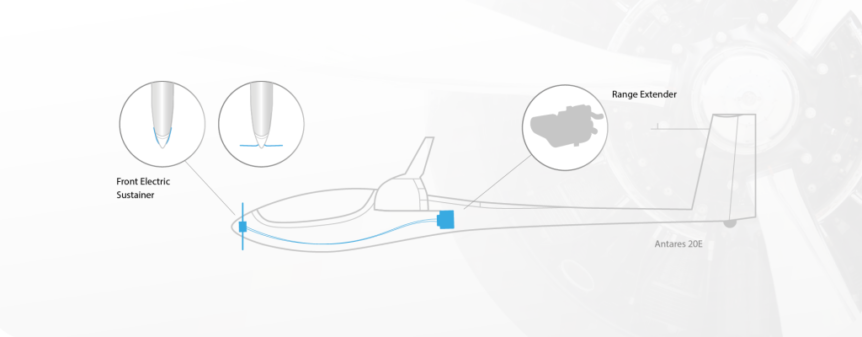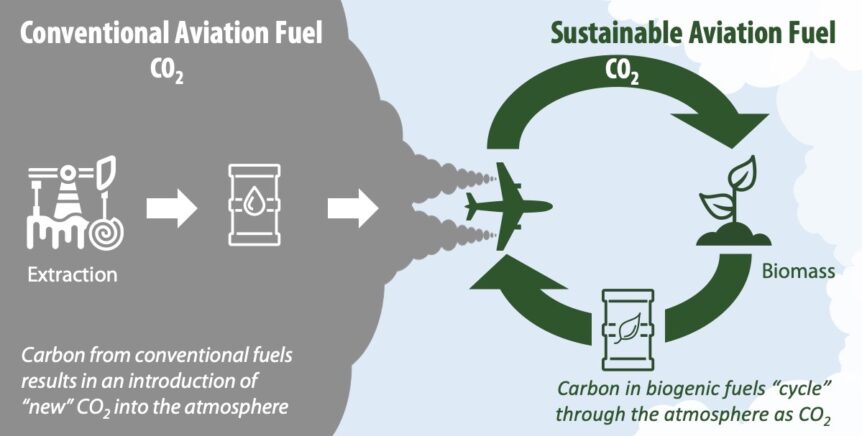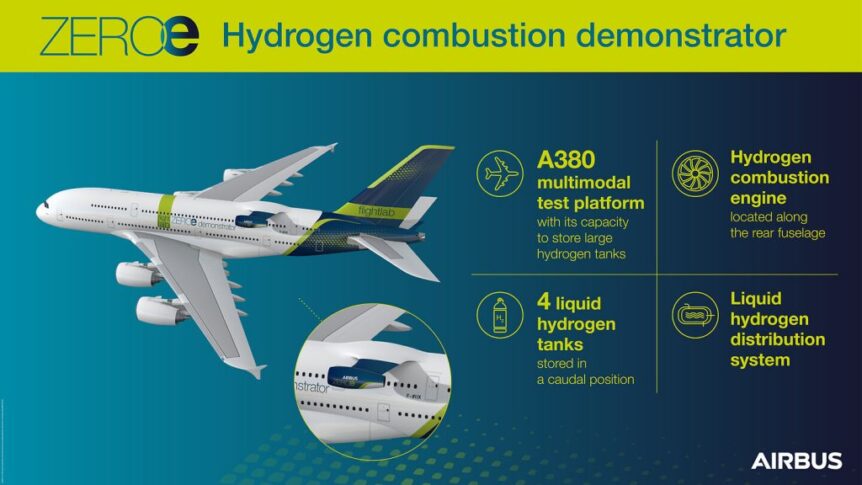MagniX, the motor company powering Eviation’s Alice and Harbour Air’s Beaver, is expanding into new markets. Already flying in a DeHavilland Beaver in Canada and being readied for flight on Eviation’s Alice in Arlington, Washington, the company’s motors have many potential airframes to grace. Besides Harbour Air and Eviation, English firm Faradair has chosen MagniX to power its BEHA, a triplane configuration commuter, and Sydney Seaplanes wants MagniX power for its Cessna Caravan Supplemental Type Certificate. On a grander scale, Universal Hydrogen will power its converted DeHavilland Dash 8s with MagniX. Even NASA has awarded funding to MagniX (along with General Electric) to develop “Electrified Aircraft Propulsion (EAP) technologies through ground and flight demonstrations. “ Harbour Air’s Beaver A 1957 de Havilland of Canada Beaver, C-FJOS, had its original Pratt & Whitney P-985 Wasp Junior radial piston engine replaced with a Magnix 750hp (559kW) Magni500 electric powerplant. It first flew on electric power on December 10, 2019. On August 19, …
Klaus Ohlmann, Jonas Lay and eGenius go 2003 kilometers
Klaus Ohlmann and Jonas Lay in the one-and-only eGenius just completed a 2,003 kilometer (1,244 mile) trip from Germany to the Atlantic Ocean on the southern tip of France and return. The numbers are spectacular. The flight averaged 190.36 kilometers per hour (118.28 mph) and its hybrid power system consumed a mere 81 liters of fuel. That works out to 24.72 kilometers per liter or 58.15 mpg. Even a Prius at that speed would guzzle gasoline. Hybridizing eGenius eGenius was to have originally been HydroGenius, flying on gaseous hydrogen. Starting design in 2006 and as presented at the 2009 Electric Aircraft Symposium, HydroGenius was designed by Rudolf Voit-Nitschman, Len Schumann, and Steffen Geinitz of the IFB, Institute of Aircraft Design at the University of Stuttgart. Because Mercedes-Benz did not have their fuel cell available, the designers turned to pure battery power and the airplane became eGenius. The craft won second place in the NASA Green Flight Challenge sponsored by Google …
Perlan, Egrett, and Airbus at Oshkosh
Most Interesting Formation Flight at Oshkosh? Perlan 2, its Grob Egrett tow plane, and sponsor Airbus gave AirVenture 2022 attendees a glimpse of future records and promising technology. Few people outside the Perlan Project have witnessed these two-planes flying in close formation, linked by a tow rope. Initial attempts to get Perlan to an altitude where it could catch high-level mountain waves were hampered by the relatively slow climb of the conventional high-wing craft. Because Einar Enevoldson, founder of the Project, had been a test pilot for the Grob aircraft works in Germany, he had reached a record altitude of 60,867 feet in their Stratos 2C, a twin-engine research craft powered by triple-supercharged Teledyne engines. The Stratos is the highest flying piston-engine airplane. Its single-engine cousin, the Egrett flies behind a turboprop engine, though, which enables towing the Perlan to the stratosphere for its final search for record altitude. Spectators at AirVenture got a small taste of that stratospheric adventure, …
Cranfield: Hub of Electric Aviation
Cranfield, England and its local university are hubs for electric aircraft development. Dr. Guy Gratton is test flying The Light Aircraft Company’s eKub on 48-Volt battery power, ZeroAvia is crafting a Dornier 228 to run on hydrogen, and now Cranfied Aerospace Solutions (CAeS) is readying a Britten-Norman Islander for H2-powered flight in 2023. The Islander Living up to its name, Britten-Norman’s Islander seems to be busy worldwide island hopping. The twin-engine plane ever makes the world’s shortest scheduled flights, including this between Juist to Norden across the Wadden See. The 74-second flight is less than the time spent taxiing at the beginning and end of the hop. Designed and developed in the 1960s, 750 Islanders of the 1,280 built are in service with many small airlines and over 30 militaries. Now, other enterprises are banding together with Britten-Norman and Cranfield Aerospace Solutions (CAeS) to bring hydrogen flight to the Isles of Scilly, a popular English vacation destination. Three companies signed …
Piaggio’s Electric or Hydrogen Concept – Not Yet
Clearing the Fumes Charles Alcock reports for FutureFlight.com, and shares that, “Piaggio Aerospace is laying plans for a possible hydrogen-electric business aircraft featuring a completely new airframe.” Piaggio is probably better know for the Vespa scooters that dot Italian boulevards, Those have even gone electric, a saving grace for pedestrians along the strada who won’t have to inhale two-stroke engine fumes. Piaggio makes two versions of its Elettrica – 45 Km/H (28 mph) and 70 Km/H (43.5 mph). Both powered by a four kilowatt (5.36 horsepower) motor, driven by a 48 Volt, 25 kilogram (55 pound) battery. The speed difference seems to be a software/firmware setting that limits the slower scooter to a regulated speed. It would seem almost natural, then, that the company would electrify its next aircraft. It’s not that simple, according to Piaggio’s Chief Technology Officer. Piaggio Aerospace Piaggio is an industrial giant, established in 1884 and building aircraft since 1915. The firm built single-, twin-, three-, and …
Antares, FES, and AdvanTec Create E-ROP Hybrid
E-ROP is a multi-party program using an Antares self-launching sailplane. FES and Adventec have crafted a hybrid version of the Antares 20e with a front electric sustainer (FES) motor in place of its tall mast-mounted motor. An incremental program, E-ROP begins by replacing the retractable unit with an FES motor on the nose. This reduces the drag created by the motor being raised into position and simplifies operation. The FES Antares flew for the first time on April 19 with Klaus Ohlmann at the helm. Ulrich Bronet recorded this short video. Under development since 2016, E-ROP will benefit from an advanced battery package from research partner AdvanTec GmbH. According to the project, “The concept provides for batteries in the fuselage and wings, which have an energy capacity of 22 [kilowatt-hours] at a total take-off weight of 650 [kilograms] (1,433 pounds) MTOM (Maximum Take Off Mass).” 22 kWh is about one-fifth of a Tesla battery package and will allow up to 450 …
Cementing Sustainable Aviation Fuel (SAF)
Cement, a prime component in concrete, is a major source of the greenhouse gas CO2, according to the Princeton Student Climate Initiative (PSCI). The group reports, “Cement is made by firing limestone, clay, and other materials in a kiln. CO2 is emitted from the energy used to fire the material, and the chemical reaction produced from the mixture when it is exposed to heat. According to the National Ready Mixed Concrete Association, each pound of concrete releases 0.93 pounds of carbon dioxide. Since concrete is such a widespread item, the amount of CO2 released in the industry continues to grow.” Cleaning Up the Process How can cement makers reduce their contribution to global warming and make sustainable aviation fuel (SAF)? The question may seem ludicrous at first glance, but CEMEX, a worldwide manufacturer of cement, has successfully deployed hydrogen-based technology to reduce CO2 emissions in its operations. Tested in Spain in 2019, hydrogen is now a part of all European …
Wright Electric’s 8-Year Plan
Jeffrey Engler has headed up Wright Electric for the last decade, working to provide efficient motors, inverters and overall power systems for airliners. Now, his firm is working to develop those airliners. From a startup in 2016, looking for a single-engine light aircraft to convert to hybrid power, Jeffrey has grown Wright to a recognized force in future flight. Presenting a mission statement and schedule for the next eight years, Wright has ambitious, but reasonable plans. Currently, Wright is testing a two megawatt motor and inverter, “Collaborating with NASA, U.S. Department of Energy, and U.S. Department of Defense.” Testing will continue through 2023. The firm predicts it will be flying its Wright Spirit between the busiest “city-pairs” in the world by 2026. The Spirit, a BAe 146 converted to electric power, will connect paired destination such as, “Seoul-Jeju, London-Paris, Rio de Janeiro-São Paulo, and San Francisco-Los Angeles.” “Wright’s goal is to make all single-aisle flights shorter than 800 miles zero-emissions,” …
Pratt & Whitney HySIITE Hydrogen and Steam Engine
A (Partially) Steam Engine in the Sky? Pratt & Whitney announces that it, “Has been selected by the U.S. Department of Energy (DoE) to develop novel, high-efficiency hydrogen-fueled propulsion technology for commercial aviation, as part of DoE’s Advanced Research Projects Agency-Energy (ARPA-E).” Their press release continues, “The Hydrogen Steam Injected, Inter‐Cooled Turbine Engine (HySIITE) project will use liquid hydrogen combustion and water vapor recovery to achieve zero in-flight CO2 emissions, while reducing nitrogen-oxide (NOx) emissions by up to 80 percent and reducing fuel consumption by up to 35 percent for next generation single-aisle aircraft.” P&W claims their HySIITE engine’s steam injection will “dramatically reduce” nitrogen oxide emissions, a greenhouse gas. “The semi-closed system architecture is claimed to have thermal efficiency “greater than fuel cells,” and have lower operating costs compared to “drop-in” sustainable aviation fuels (SAF). Steam Aircraft Engines Are Not New The Besler Brothers of Oakland, California demonstrated a Travel Air 2000 biplane powered by their steam engine. The …
Airbus and CFM: Flying on Hydrogen Power by 2035
Airbus and engine maker CFM International have signed a partnership agreement on a hydrogen demonstration program that could see commercial flights by 2035. CFM is a 50/50 joint company between GE and Safran Aircraft Engines. The team announced its intentions in an hour-long introduction on February 22, with members from the companies explaining the goals of the project. A view of what they intend to do with Airbus 380 serial number one gives a view inside the cavernous craft. As pointed out in a Green Car Congress article, the main objective is to develop and flight test a direct combustion engine fueled by liquid hydrogen. The Biggest Test Bed ZeroAvia seeks to get a 20-passenger liner in flight by 2024 and scale up to a 200-seat craft with 3,000 mile range by 2035. Jeff Engler’s Wright Electric is working on a BAe 146 with short-range aspirations for its 100-passenger, hydrogen fuel cell or aluminum cell-powered airplane by 2026. (We will …

